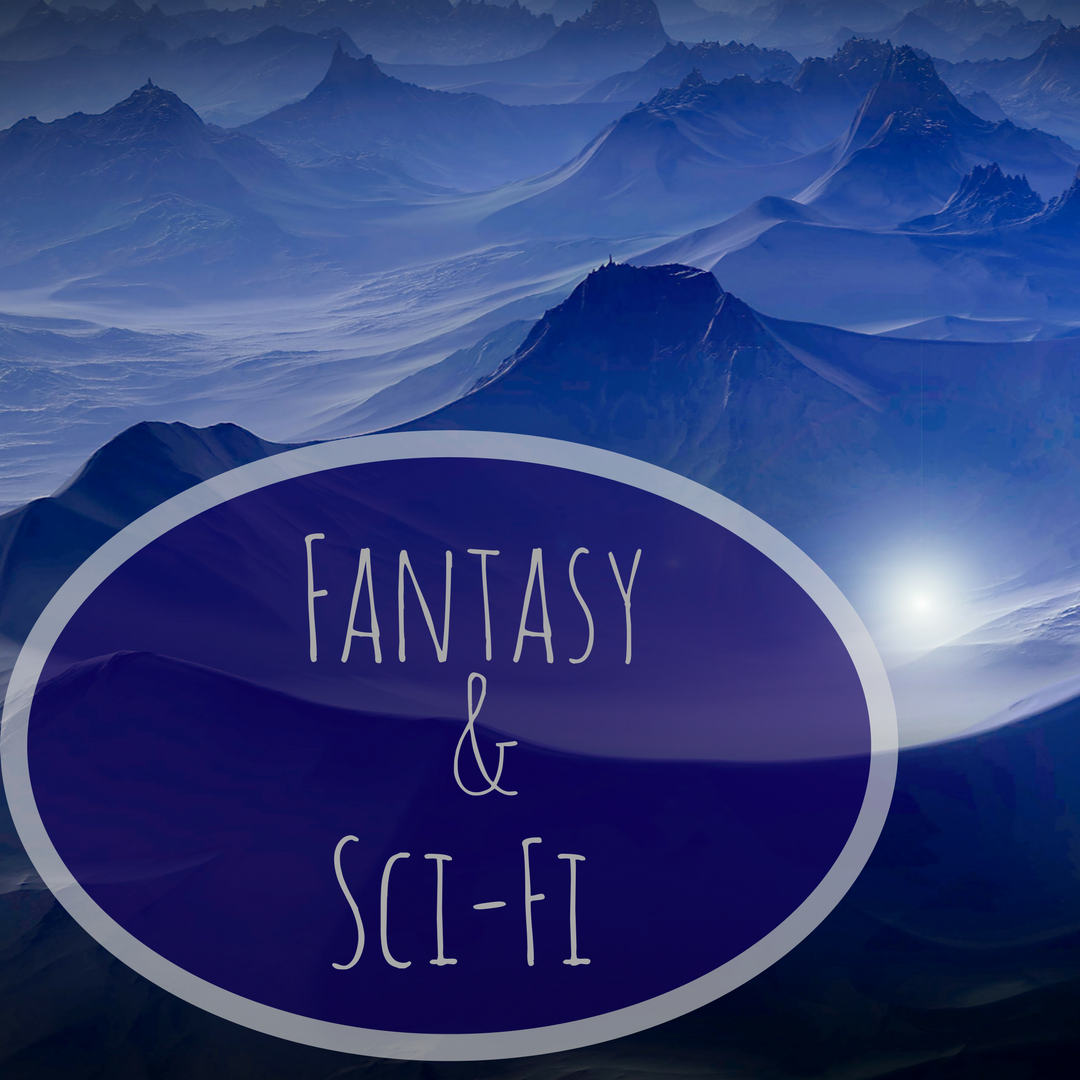Your main character stands on the edge of a cliff, a five hundred foot drop to jagged rocks below. The villain steadily creeps up, but as a reader, I haven’t connected with your MC yet. I might keep reading because I’m curious to find out what happens, but my heart isn’t involved.
Curiosity doesn’t drive story, heart does.
So, what makes a story compelling? How well we balance tension and character development.
If I don’t care about your MC, the tension won’t matter.
If I care about your MC but there’s no tension, I’ll put the book down.
For fantasy and science fiction, it’s especially important to establish an empathetic main character before bringing in too much tension.
Fantasy and science fiction require good amounts of world building. If I’m a reader trying to both 1) connect to a character from another world and, 2) understand the world the character is in, I’m going to need some help.
As the writer, this is where you shine.
Weave in backstory to reveal the heart of your main character.
Say your first scene starts with a battle. Your reader has no idea who your main character is as a person, what his/her desires are, or what brought them into this battle. Your reader might be curious to see if your MC survives without getting injured, but their heart isn’t in your story yet.
Time to drop in backstory! Have them save a child right before the dragon gets to him (commonly called a pet-the-dog moment), and then have a secondary character say something that reveals a growth in character arc: “I couldn’t have done that if I was her, not after_____.” Please don’t be that obvious, but for the sake of example, bear with me!
Reveal a weakness and why it’s a weakness.
I bet if you’re afraid of something today, it’s because you had a negative experience with it previously. Same goes for your main character (or any, for that matter). Let’s say your MC is a pirate from centuries past who’s turned over a new leaf and now helps ships lost at sea, saving the passengers. He’s brave and daring but terrified of the dark.
Your reader’s likely curious why he’s afraid, but we need to grab your reader’s heart. Instead of leaving it at “he’s afraid of the dark,” drop in some dialogue where your MC and a secondary character chat about how your MC and his family were caught in a huge ocean storm, his daughter was swept overboard, and because it was dark he couldn’t find her.
Now your MC is someone your reader can empathize with. Now your reader has some heart in your story.

Maintaining the right balance between tension and character development is a tightrope all writers have to walk, but done well, it draws readers in not just out of curiosity, but because their heart is invested in your story.
That’s a story worth writing!

Sarah Rexford is a Marketing Content Writer, working with brands to grow their audience reach. She studied Strategic Communications at Cornerstone University and focused on writing during her time there, completing two full-length manuscripts while a full-time student. Currently she trains under best-selling author Jerry Jenkins in his Your Novel Blueprint course and is actively seeking publication for two books.
Instagram: @sarahjrexford
Twitter: @sarahjrexford
Web: itssarahrexford.com


 We love helping your growing in your writing career.
We love helping your growing in your writing career.
